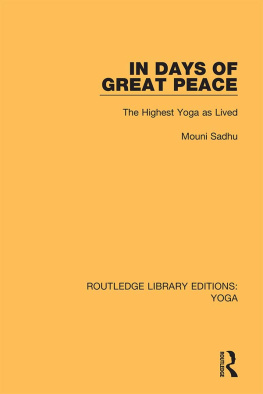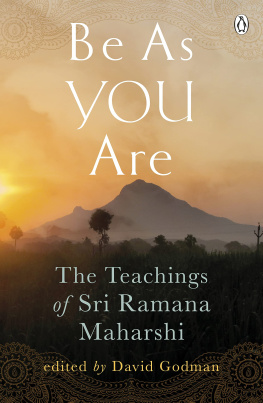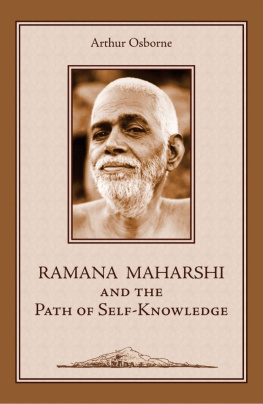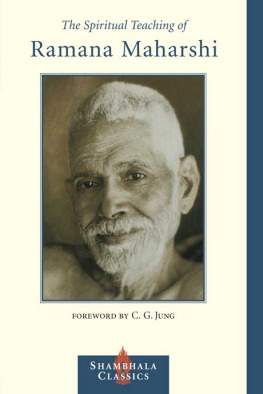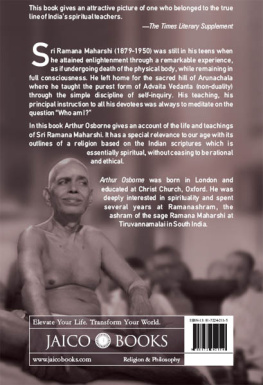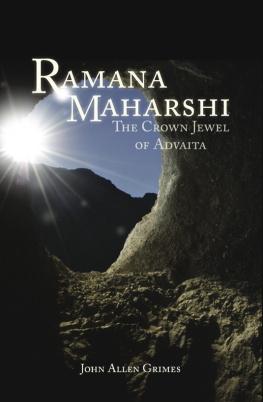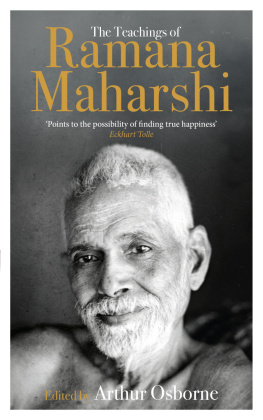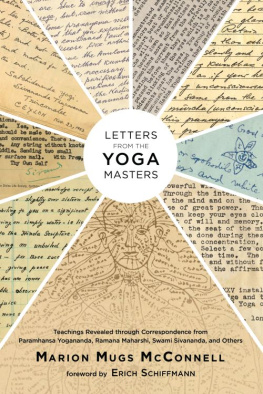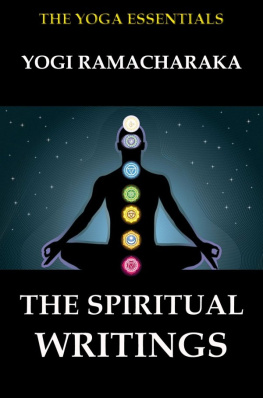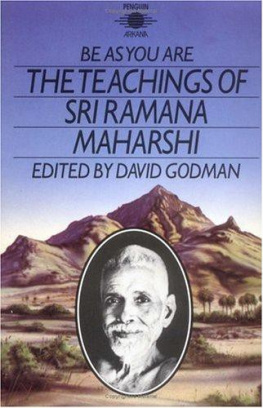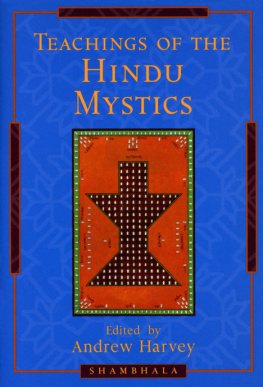Table of Contents
Guide
Print Page Numbers
ROUTLEDGE LIBRARY EDITIONS: YOGA
Volume 3
IN DAYS OF GREAT PEACE
IN DAYS OF GREAT PEACE
The Highest Yoga as Lived
MOUNI SADHU
First published in 1952
Second edition revised and enlarged (and first published by George Allen and Unwin) in 1957
This edition first published in 2019
by Routledge
2 Park Square, Milton Park, Abingdon, Oxon OX14 4RN
and by Routledge
52 Vanderbilt Avenue, New York, NY 10017
Routledge is an imprint of the Taylor & Francis Group, an informa business
1957 George Allen & Unwin Ltd.
All rights reserved. No part of this book may be reprinted or reproduced or utilised in any form or by any electronic, mechanical, or other means, now known or hereafter invented, including photocopying and recording, or in any information storage or retrieval system, without permission in writing from the publishers.
Trademark notice: Product or corporate names may be trademarks or registered trademarks, and are used only for identification and explanation without intent to infringe.
British Library Cataloguing in Publication Data
A catalogue record for this book is available from the British Library
ISBN: 978-1-138-35089-2 (Set)
ISBN: 978-0-429-39773-8 (Set) (ebk)
ISBN: 978-0-367-02590-8 (Volume 3) (hbk)
ISBN: 978-0-429-39884-1 (Volume 3) (ebk)
Publishers Note
The publisher has gone to great lengths to ensure the quality of this reprint but points out that some imperfections in the original copies may be apparent.
Disclaimer
The publisher has made every effort to trace copyright holders and would welcome correspondence from those they have been unable to trace.
In Days of Great Peace
THE HIGHEST YOGA AS LIVED

MOUNI SADHU
FOREWORD BY
M. HAFIZ SYED
M.A., PH.D., D.LITT.
FIRST PUBLISHED IN 1952
SECOND EDITION REVISED AND ENLARGED
(AND FIRST PUBLISHED BY GEORGE ALLEN AND UNWIN) IN 1957
PUBLISHED IN GERMAN IN 1955
AS AUF DEM PFAD SRI RAMANA MAHARSHIS
PUBLISHED IN PORTUGUESE IN 1956
AS DIAS DE GRANDE PAZ
This book is copyright under the Berne Convention. Apart from any fair dealing for the purposes of private study, research, criticism or review, as permitted under the Copyright Act 1956, no portion may be reproduced without written permission. Enquiry should be made to the publishers.
George Allen & Unwin Ltd., 1957
PRINTED IN GREAT BRITAIN
in 12-pt. Bembo type
BY THE BLACKFRIARS PRESS LTD
SMITH-DORRIEN ROAD
LEICESTER
Pursue the enquiry Who am I relentlessly. Analyse your entire personality. Try to find out where the I-thought begins. Go on with your meditations. Keep turning your attention within. One day the wheel of thought will slow down and an intuition will mysteriously arise. Follow that intuition, let your thinking stop, and it will eventually lead you to the goal.
From Maharshis Teachings
If the Supreme Truth is unknown, the study of Scriptures is fruitless; and when the Supreme Truth is realized the study of Scriptures becomes useless.
From Sri Sankaracharya
Most of the people in this world have no faith in spiritual values. To them the human mind is all in all, and this leads them to a variety of reflections and speculations. Some of them call themselves sceptics, others agnostics and yet others pride themselves on being pure materialists. The truth is veiled by our own ignorance. We do not carry our search after it far enough.
Having exercised our intellect up to a certain limit we feel there is no hope for further discovery or investigation. This attitude of the mind is the result of the study of Western systems of philosophy which, from the Eastern point of view, is barren, and leads us nowhere, beyond speculations and guesses at truth.
Whereas Eastern philosophy, more especially Indian system of thought, affords some genuine hope for an earnest aspirant on the path of search for truth. Almost all the ancient thinkers, saints and sages have pointed out an unfailing practical path by pursuing which, one may free oneself of all doubts and uncertainties and realize the meaning and purpose of life. Their method of approach to truth is fairly scientific. They do not dogmatize nor play upon the credulity of our faith. They simply point out a path and lay down certain definite conditions for attaining it.
The final success on this path depends entirely on the aspirants own effort and self-investigation. The first obvious condition is earnest desire, unquenchable thirst to drink the water of life. In answer to a question as to what are the requisite qualifications of a disciple, Sri Ramana Maharhsi once stated:
He should have an intense and incessant longing to get free from the miseries of life and to attain supreme, spiritual Bliss. He should not have the least desire for anything else.
The second is a ceaseless effort with careful and close observance of rules of conduct and the cultivation of the virtues of dispassion and discrimination. The third is the search for a Sad Guru, a genuine teacher who may rightly and successfully guide the aspirant to his destined goal.
It may be added that the ancient Hindu scriptures and the Upanishads have already given us necessary directions as to the path and its achievements. But the truth that is to be found by this definite scientific method is eternal, as acknowledged by the ancient sages, and needs to be testified to by living witnesses from time to time.
It is these sages who have taught us the reasonable assumption and the logical conclusion that only a living teacher can teach us the Upanishadic truth, not the Upanishads themselves, because they are just words and little more, while the living teacher is an incarnation of the truth we seek.

